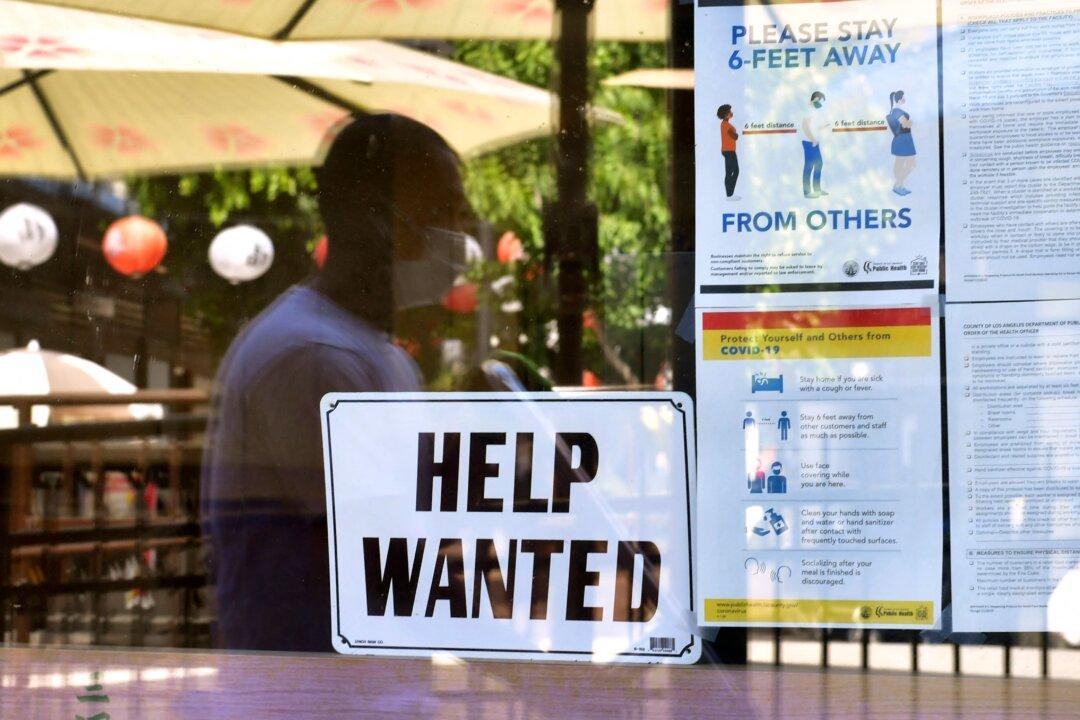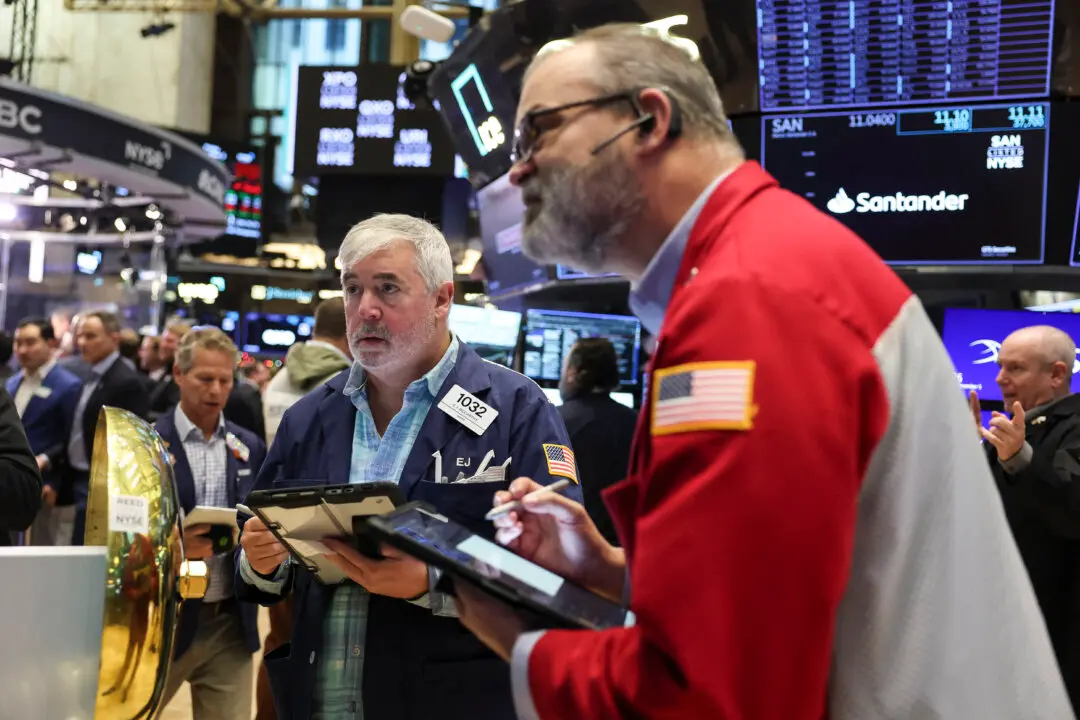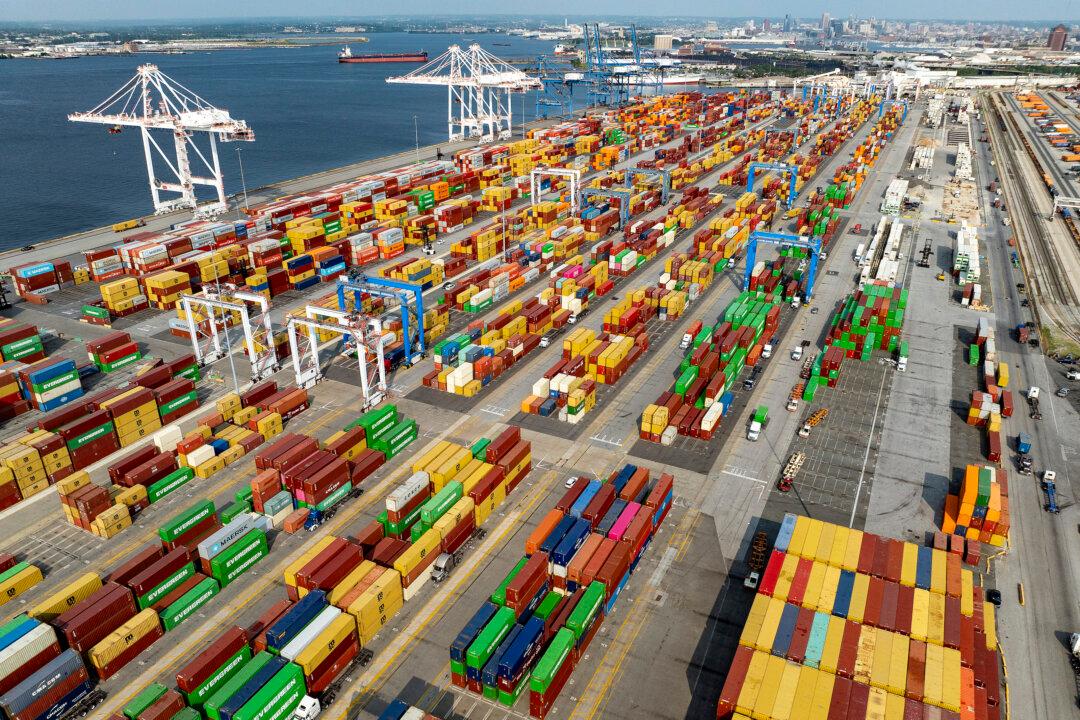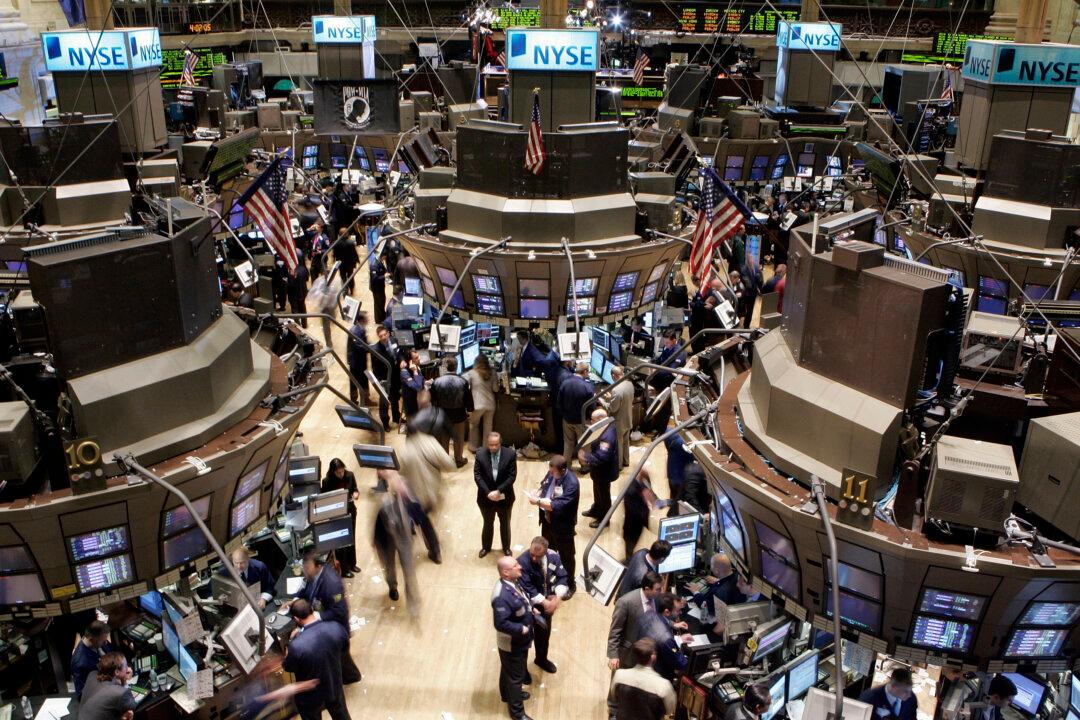Commentary
In economics, real economic return isn’t just an important metric. It’s crucial. That’s why I find it so intellectually dishonest when some economists look at the gross domestic product (GDP) and employment growth without putting it in the context of the massive increase in debt, spending, and money supply.





